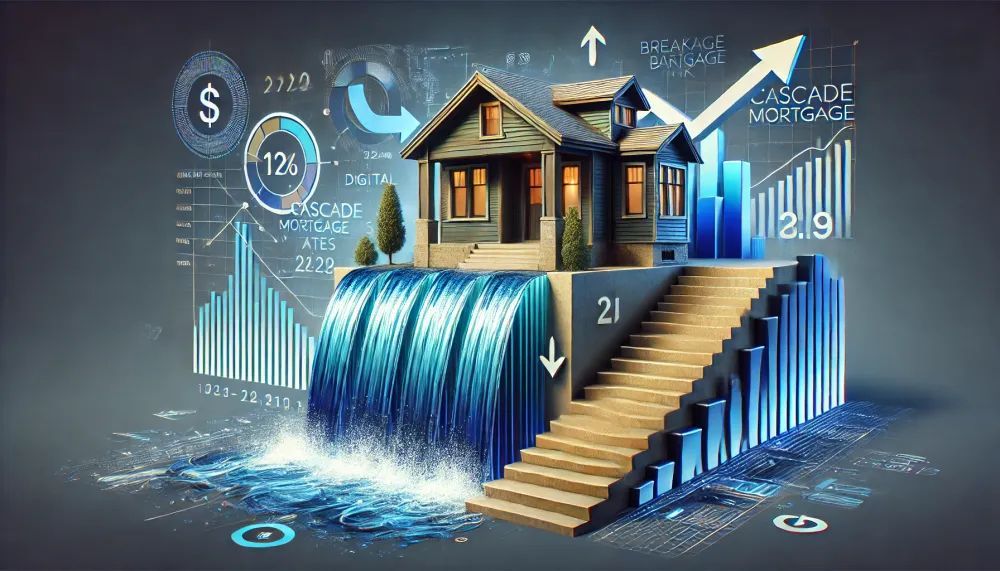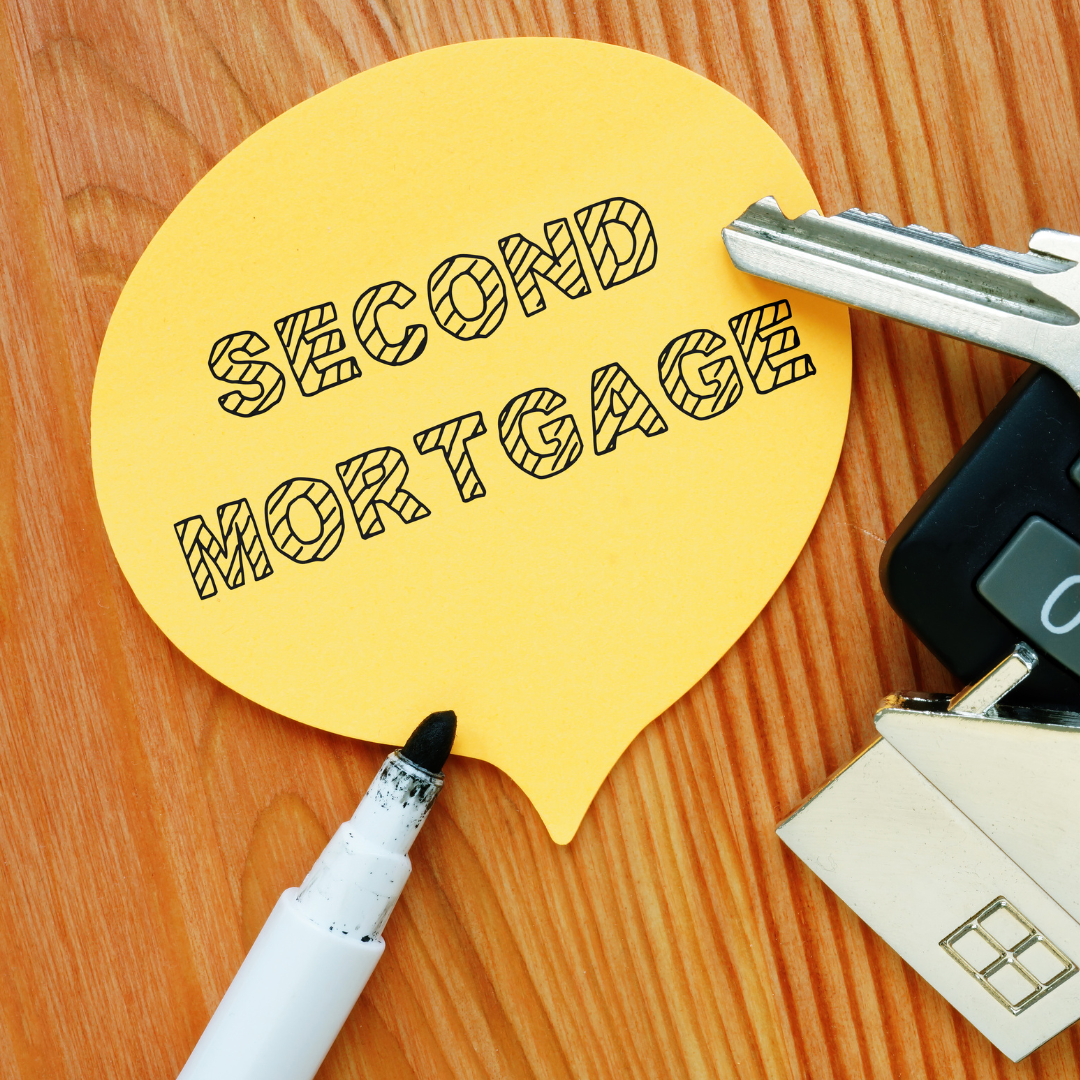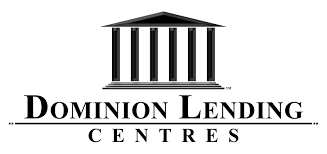Blog Layout
How Will Co-Signing a Mortgage Impact Me?
Matthew Robinson • May 25, 2021
The impact of co-signing a mortgage.

In this day and age, more and more borrowers are struggling to qualify for a mortgage. Soon to be made even more difficult with pending changes to the stress test.
When you look at house prices in your area and factor in a combination of stricter guidelines, new stress test rules, bruised credit, self-employed, etc., it can be challenging to say the least.
When this happens, sometimes the quickest and easiest option is to have someone co-sign. If the co-signer has good credit and income, they can help secure a mortgage.
But how does this impact the person co-signing?
Anytime you co-sign for a mortgage, car loan, etc, you need to factor those payments into any credit application you fill out moving forward...regardless if you’re making the actual payments or not.
When you co-sign for a mortgage you are put on the title, and on the mortgage with the bank/lender. Usually, you are put on title as a 1% to 50% owner of the property.
Moving forward, every time the co-signer fills out any application for credit, they will have to include 100% of the mortgage payments, property taxes, and condo fees (if applicable) on their application...regardless if they own 1% or 50% of the property.
These payments will be taken into consideration on the application and could potentially hinder any access to credit.
For example, if you have your own personal mortgage and it’s up for renewal, you could sign on the dotted line with your current lender and carry on. But, if you want to see what other banks/lenders are offering you’ll have to go through the qualification process. The property you co-signed will need to be disclosed and this could impact your ability to change lenders.
This could also impact you if you’re looking to do any of the following:
Buy a rental property
Refinance
Co-signing for anyone else
Buying a car, boat, etc
Apply for a home equity or unsecured line of credit
Some other possible disadvantages of co-signing on a mortgage:
If mortgage payments are missed, your credit score will reflect that.
Possibly damage your relationship with the borrower. When you buy a property together, you’re tied to that person and that liability until you are removed from the title and mortgage.
Having said all that, your co-signing for someone might not impact you at all - and you could be helping a loved one with homeownership.
If there is an exit strategy or at least a timeline for how long you’ll be co-signing, this might also put you at ease.
This is not to scare you from co-signing, it’s to provide you with the details you need to make an informed decision. You will need to think about future credit you might need access to, how long you’ll co-sign for, what happens if payments are missed, etc.
If you’d like to chat further about this, please let me know.
Let’s get moving
Why wait? Let’s get you started on the path to finding the perfect mortgage. Your perfect mortgage is just a few clicks away.
Our latest articles

By Matt Robinson
•
March 7, 2025
In a declining interest rate environment , smart homeowners aren’t waiting for their mortgage renewal to take action—they’re locking in savings now. The Cascade Mortgage Strategy is a tactical approach that lets you progressively lower your borrowing costs while protecting against future rate hikes. Instead of sitting on a fixed rate for an entire term, you prepay portions of your mortgage and reset them at lower rates as they become available. This setup provides a practical framework for implementing the Cascade Mortgage Strategy, allowing you to make strategic prepayments while maintaining a sufficient buffer for emergencies and other financial needs. Here's how it works. For the sake of this illustration, let's assume you own a property valued at $1,000,000. You require a mortgage of $500,000. We set up a home equity line of credit (HELOC) on top of this for $150,000. Property Value: $1,000,000 Mortgage Amount: $500,000 HELOC Limit: $150,000 Annual Prepayment Privileges: 20% of the original mortgage balance annually ($100,000) Initial Setup: Work with us to secure a $500,000 mortgage on your $1,000,000 property, ensuring you have a $150,000 HELOC in place. This gives you a $650,000 overall credit limit. We must ensure the lender offers flexible prepayment privileges, allows for multiple mortgage components, and provides the option to re-amortize your mortgage after each prepayment. Step-by-Step Process: At the end of the first year, use the HELOC to make a 20% ($100,000) prepayment on your mortgage, reducing your balance from $500,000 to $400,000. Immediately reset the $100,000 HELOC balance into a new mortgage component, ideally at a lower interest rate than your original mortgage. Rinse and repeat annually. After each prepayment, you have the option to either reduce your monthly payments or maintain them at the original level. If you choose to reduce the payments, this will improve your cash flow each month. Alternatively, by keeping your payments consistent, you'll accelerate the reduction of your principal, allowing you to pay off your mortgage more quickly. Interest Rate Decline with Each Prepayment This strategy obviously works best in a declining interest rate environment. However, even in a relatively stable interest rate environment, the strategy still offers benefits by improving cash flow and accelerating principal repayment. Each year, after making the prepayment, the homeowner resets the $100,000 HELOC balance into a new mortgage component with a lower interest rate. The decline in interest rates is attributed to both market conditions and the shorter terms selected for the new components. End of Year 1 - The new 4-year term rate is 4.25%, a 0.75% decrease from the original 5% rate. End of Year 2 - The new 3-year term rate is 3.50%, another 0.75% decrease from the Year 1 rate. End of Year 3 - The new 2-year term rate is 3.25%, a 0.25% decrease from the Year 2 rate. End of Year 4 - The new 1-year term rate is 3.00%, a 0.25% decrease from the Year 3 rate. These declines reflect both a general reduction in market rates and the typical savings associated with selecting shorter-term mortgages at each interval. The Results To truly appreciate the benefits of the Cascade Strategy, it's important first to understand what happens when this strategy is NOT employed. In a typical mortgage scenario, a homeowner with a $500,000 mortgage at a 5% interest rate, amortized over 30 years, would make consistent monthly payments over the term of the mortgage. After five years, the numbers look like this: Total Payments Made: $160,107.00 Total Interest Paid: $118,915.80 Principal Paid: $41,191.20 Outstanding Balance (end of term): $458,808.80 In this scenario, a significant portion of the homeowner's payments goes toward interest, with relatively modest progress in reducing the principal balance. Now, let's consider the same homeowner, but this time, they implement the Cascade Strategy. By the end of the five-year term, the results are notably different: Total Payments Made: $160,107.00 (unchanged) Total Interest Paid: $105,618.23 Outstanding Balance: $445,511.23 Principal Reduction: $13,297.57 Net Effective Rate: 4.45% (0.55% Reduction) The total interest paid with the Cascade Strategy is $105,618.23, which is $13,297.57 less than what would have been paid without the strategy. This reduction in interest costs is a direct result of leveraging lower interest rates on the newly created mortgage components, which are set up after each annual prepayment. By the end of the five-year term, the outstanding mortgage balance is $445,511.23, compared to $458,808.80 without the strategy. This $13,297.57 reduction in the outstanding balance indicates that the Cascade Strategy not only saves money on interest but also accelerates the repayment of the principal. This means that homeowners using this strategy are closer to paying off their mortgage sooner, reducing the overall term and financial burden. This case study demonstrates that the Cascade Strategy can be an effective and powerful tool for homeowners looking to optimize their mortgage and improve their financial outcomes. By strategically making prepayments and resetting those amounts into new mortgage components at lower rates, homeowners can achieve substantial interest savings, accelerate their mortgage repayment, and reduce their outstanding balance—all without increasing their total monthly payments.
Explore
Get mortgage advice delivered to your inbox.
You need a helping hand with your project?
Thank you for contacting us.
We will get back to you as soon as possible
We will get back to you as soon as possible
Oops, there was an error sending your message.
Please try again later
Please try again later
© 2025
All Rights Reserved | Dominion Lending Centres - A Better Way


